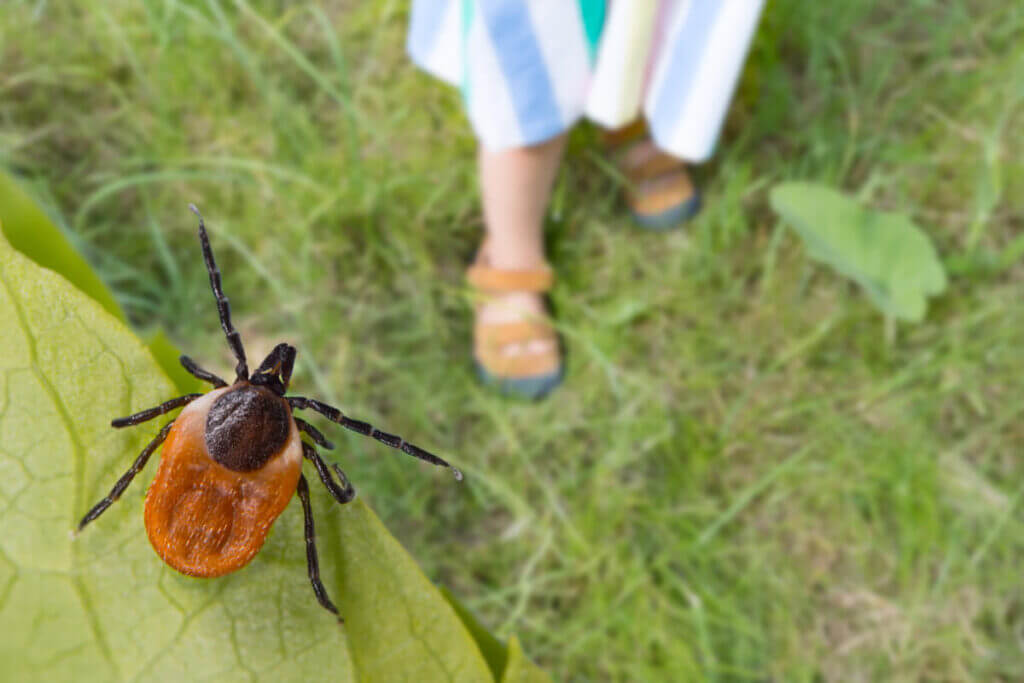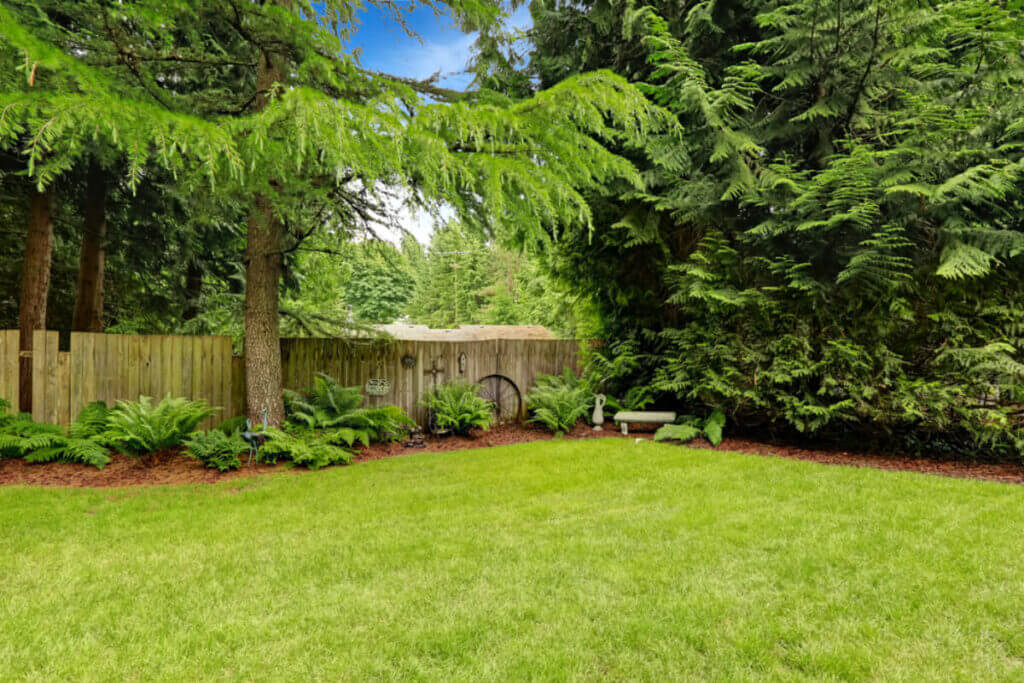Many people think that in the winter months that you are safe from tick bites. Unfortunately, ticks can be active anytime it’s above freezing. Furthermore, if you have sunny spots in your yard, that can create a microclimate and as a result, ticks can be active even if the air temperatures are well below freezing.
So, what’s a homeowner to do? There are a few landscaping practices that can help to minimize a tick-friendly environment.
First, keeping your lawn mowed and your beds free of leaf litter helps reduce areas for ticks to rehydrate, live and breed. (Deer ticks are often found in such areas, as they require a high humidity to survive.)
The black-legged tick also known as the deer tick, is the smallest of the ticks we find here in New York and primarily feeds on deer and humans. This tick is the only vector of Lyme disease but also carries babesiosis, anaplasmosis and Powassen virus.
If you have areas on your property that are bordered by a woodland or wild areas, creating a mulch barrier between the wooded/wild area and your lawn will help deter tick movement. Some recommend the use of cedar mulch as ticks do not like the smell, however the mulch will most likely need to be put down on a yearly basis and can become costly. Another option for the barrier is to use gravel or stones. Keeping play sets in sunny areas and plantings trimmed around walkways is also helpful.
Similarly, pruning trees and/or shrubs if they are overgrown or have low-hanging branches as well as pruning to allow more sunlight to filter through their canopies also helps to reduce the habitats ticks enjoy.
The next practice involves installing a deer fence around your property or invest in deer repellent services. Keeping deer off the property ensures vulnerable plants aren’t damaged and prevents ticks from being carried onto your property by the deer. It is also recommended that fencing be installed around vegetable gardens to prevent deer, rabbits, and other critters from browsing and bringing ticks to your landscape.
One of the biggest carriers of ticks are rodents, especially mice. Place woodpiles far away from areas where your family and pets will frequent. Also, bird feeders can be an attractant for mice if the fallen seed isn’t cleaned up regularly.
Using these landscaping tips will help to deter some of the environmental influences that can affect the number of ticks and how well they survive in your landscape.
If you’re interested in tick control services, contact Organically Green today.


